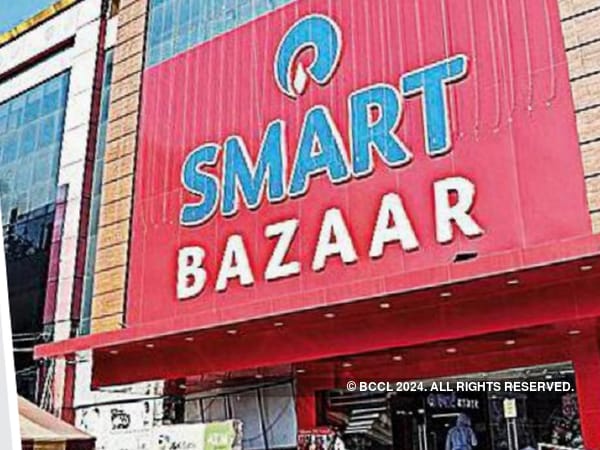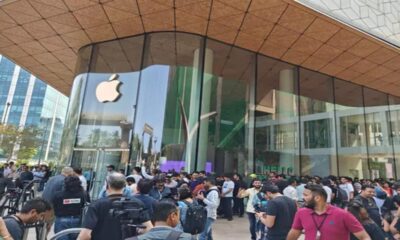Tata Group and Reliance Industries, vying for premium retail real estate in Mumbai
Tata Group and Reliance Industries, vying for premium retail real estate in Mumbai
Tata Group and Reliance Industries, two of India’s largest conglomerates, while contending for premium retail real estate in Mumbai extend their footprints, creating rivalry in a city starved of marquee properties.
From Zara and Starbucks to Westside and Titan, the Tata Group occupies nearly 25 million square feet of retail space in India which is still no match for Reliance Industries controlling three times more at 73 million sq ft for more than 100 local and global brands.
However, in Mumbai, they are evenly matched, having nearly
3 million sq ft of retail space each, a quarter of what is considered the most prime retail real estate in the country, with both the retail giants vying for more.
As per Devangshu Dutta, Founder, Third Eyesight, a strategy consulting firm, in a
modern retail environment, most visible locations contain more successful or larger brands. It just so happens that many of those brands are owned by either Reliance or the Tatas
He adds that Tatas have been in retail for longer but also slower to scale up compared to Reliance which had this stated ambition of being the most dominant and put the money behind it.
Experts reveal that in a market where demand is much higher than supply, developers and landlords seek to separate the wheat from the chaff.
Eventually, success in Mumbai’s retail real estate scene hinges on a delicate equilibrium amidst accommodating industry leaders and fostering a vibrant, varied shopping environment.
As per Abhishek Sharma, director, retail, at commercial real estate consultants Knight Frank India, in the competitive landscape of retail real estate in Mumbai, commercial developers and mall owners often face the strategic challenge of accommodating prominent retail brands.
Adding that these big brands, with a significant market share of 40-45% in the Indian retail sector, can easily be termed as industry giants and possess the potential to command 45-50% of space in any mall.
According to Sharma, there may be perceptions of preferential treatments, but the dynamics are complex, and developers must balance the demand from these major brands with the need for a diverse tenant mix.
Tata Group embarked into the retail business in the late 1980s, initially by opening Titan watch stores and a decade later by launching department store Westside.
So far, it has about 4,600 stores, including brands such as Tanishq, Starbucks, Westside, Zudio, Zara and Croma.
While Reliance Retail started in 2006, it overcompensated for its late entry by aggressively opening stores across formats. Reliance has over 18,774 stores across supermarkets, electronics, jewellery, and apparel space.
It has also either partnered or acquired over 80 global brands, from Gap and Superdry to Balenciaga and Jimmy Choo.
Experts reveal that a diverse portfolio of brands across various segments through strategic partnerships and collaborations helps an entity like Reliance to leverage synergies and enhance retail presence, especially in malls, experts said.
The array of brands with Reliance bouquet allows it to enter early into the project and set the tone and positioning of the mall,” said a retail leasing expert who requested not to be identified.
A person added that this positively helps the mall to set its own positioning and future tenant mix. It also helps Reliance place their brands in most relevant zones within the mall, and emerge as a clear differentiator in a city like Mumbai where brands are already jostling for space, costliest in the country.
News Edit K.V.Raman


















